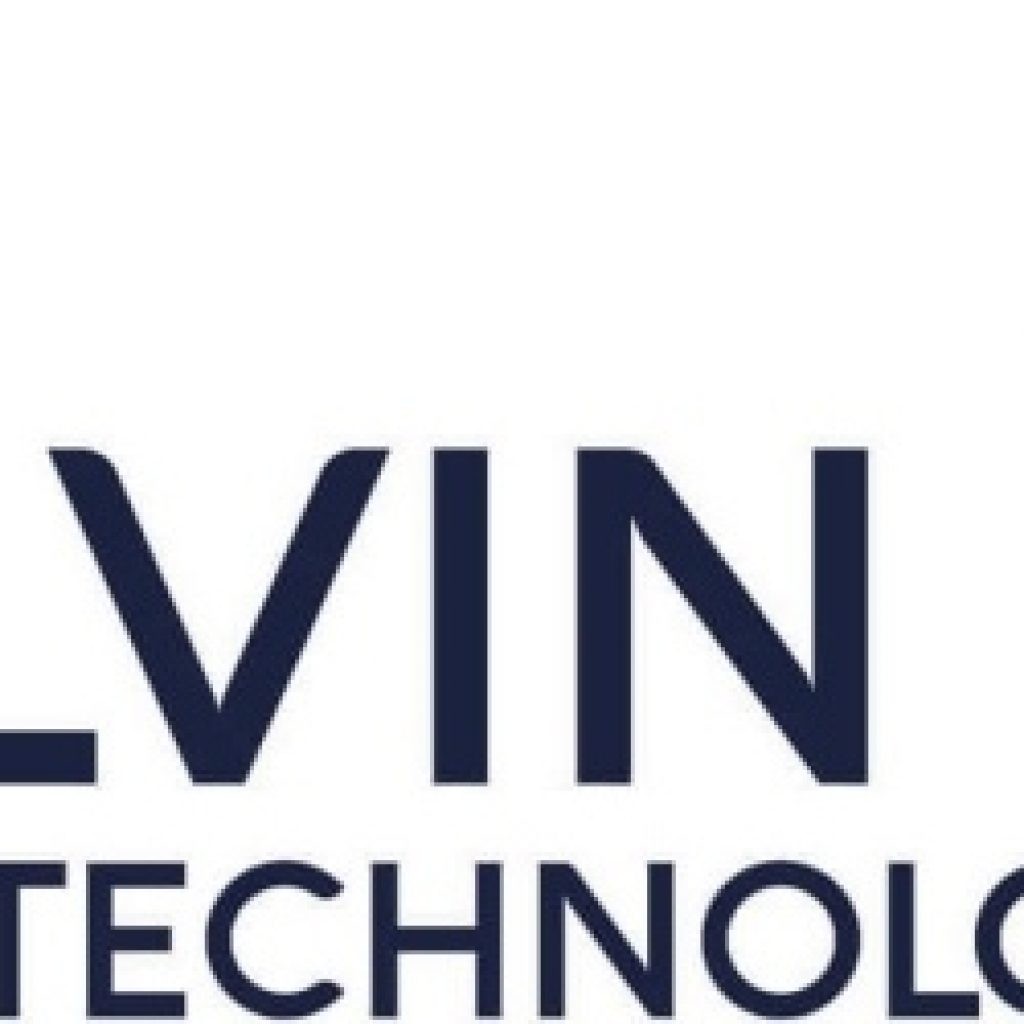(NovusLight) KNT (Kelvin Nanotechnology) is an internationally recognized provider of advanced photonics and quantum components, and is a photonic fabrication service provider for diverse market sectors. As one of the first suppliers of miniaturised quantum components in the market, KNT produces 3D ion traps, grating MOTs, MEMS gravimeters and specialist DFB lasers for international partners and customers. They are driving forward innovation in fabrication of quantum components to support quantum systems for information processing and computing, chip scale cold atom systems, sensors and high precision timing and navigation.
KNT offers services in three main areas, as follows:
1. High resolution, large area, multi-level electron beam lithography for photonics, quantum technologies and telecoms industries. Applications include devices such as laser gratings, transistor gates and imprint masks. In this field, KNT’s experience and expertise enable them to get jobs done quickly and cost effectively.
2. A wide range of proof of concept, feasibility, and prototyping services for the semiconductor, optoelectronic, bioelectronic and nanoelectronic markets.
3. Quantum Components: Since 2015, KNT has become a globally recognised supplier of quantum devices and components.
NOTE: Jose Pozo, (EPIC) European Photonics Industry Consortium CTO, had the opportunity to talk to Brendan Casey, CEO of Kelvin Nanotechnology about his early research at the University of Glasgow and the formation of the subsidiary company, Kelvin Nanotechnology. IQT-News has summarized here.
With a lifelong passion for making things, Casey’s research was very hands-on: fabricating artificial environments for DNA sequencing, devices for cell testing and implants for things like tendon regrowth. During this period, Brendan became an expert in electron beam (e-beam) lithography and worked with both tools and software to push the limits of what was possible with the technology. Applications include devices such as laser gratings, transistor gates, imprint masks, optical elements, photonic crystals, nanotextured surfaces for the photonics, quantum, and telecoms industries.
In 2000, Casey decided to forego academia and accept a job as Electron Beam Lithography Senior Engineer with Kelvin Nanotechnology Ltd (KNT) a newly created subsidiary company of the University of Glasgow.
Shortly after he joined KNT, the company received a large wafer production order, which paved the way for a move away from pure R & D to small volume production. Then, following the telecom crash in the early 2000s, they began to pivot into different sectors based on a strong underlying need for photonic devices, and in 2003, Brendan was appointed NKT’s Business Manager.
In 2011, with KNT doing well and having acquired an international reputation in the e-beam lithography and nanofabrication market, Brendan was offered the position of CEO to lead the company through its next stage of development.
Since then, the company has developed in two main areas. First, using the increased fabrication capability provided by the new James Watt Nanofabrication Centre, KNT has initiated a number of innovate projects with partners as part of a consortium to develop new technologies particularly in quantum.
Brendan’s preferred future over the next five years, is for the company to begin to scale manufacturing of quantum-based photonics devices to enable deployment of miniature, portable and cost-effective systems. This would be both a paradigm shift in quantum technology and also the culmination of a journey for KNT from theoretical publications in Nature to the actual production of devices for next generation quantum computing, quantum enabled navigation systems and quantum sensors.
In this context, he believes strongly that Europe and the UK need to develop a strong quantum manufacturing capability.
